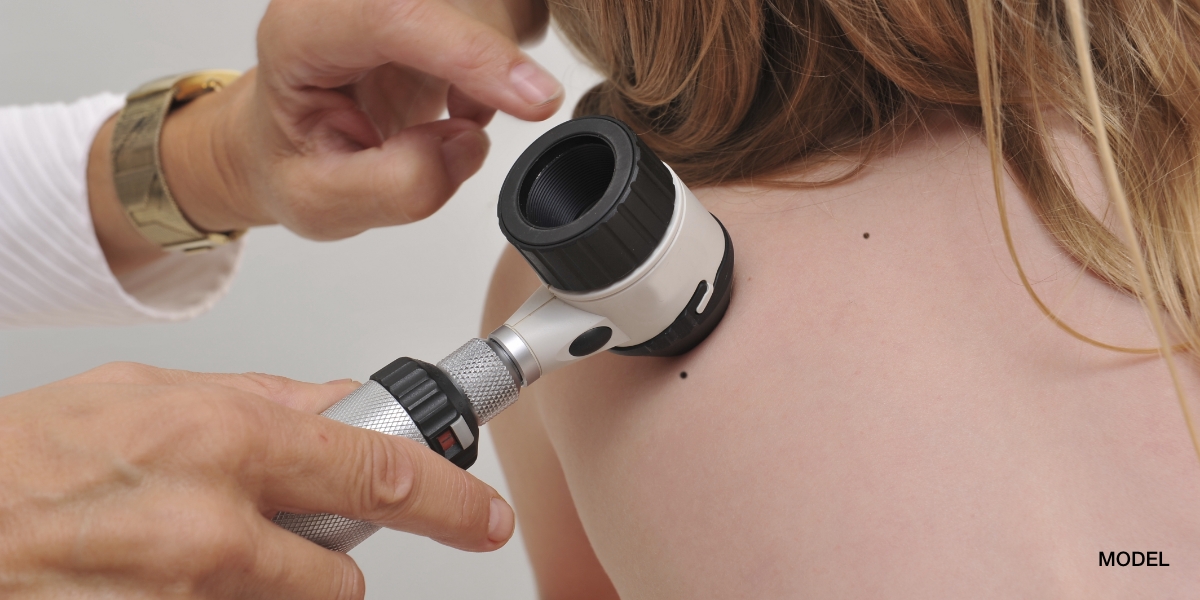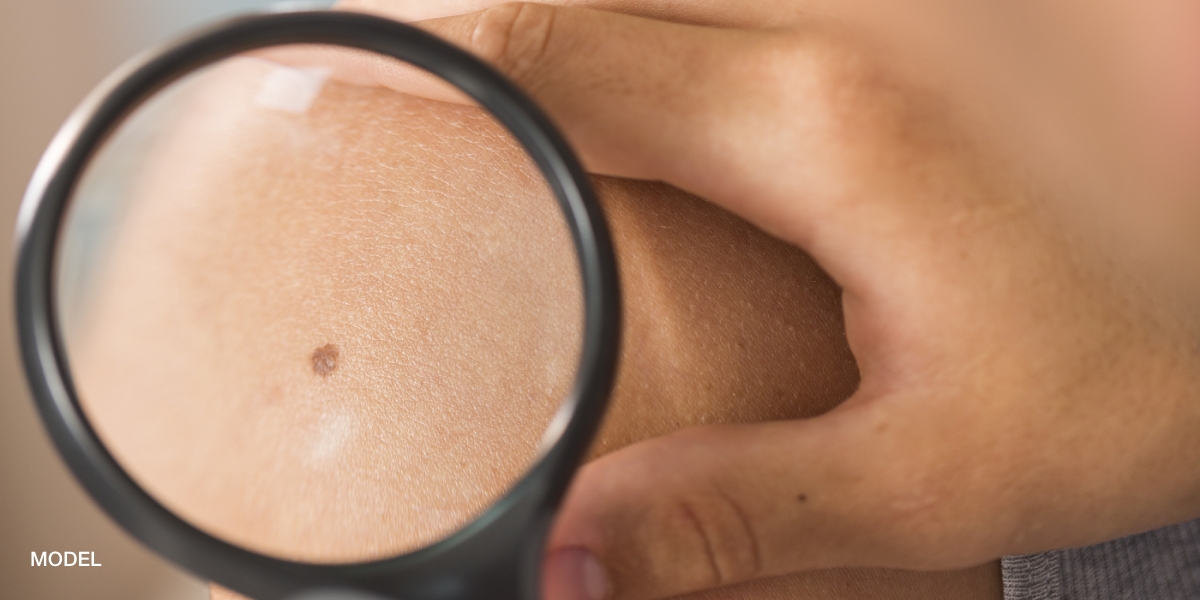July 31, 2024
During your routine dermatology check-up, your doctor will carefully evaluate your skin for any warning signs of cancer. One of the most common indicators of skin cancer is a mole that has developed suddenly or changed significantly in size or color. When such moles are found on your body, mole removal may be required during a skin cancer biopsy to determine if any cancerous cells are present.
Is Mole Removal Always Required?
It is important to understand that not every mole is a sign of skin cancer. However, moles are frequently connected to skin cancer (specifically melanoma), particularly when they exhibit the following signs:
- An asymmetrical shape or irregular borders
- A notable change in color
- A notable change in shape or height
- An increase in the mole’s size greater than 6 mm, or ¼ inch
- Itchiness
- Bleeding
If you have a mole that exhibits any of these symptoms, your dermatologist will strongly advise mole removal to be studied under a microscope. Mole removal usually involves shaving, performed with a topical anesthetic. This comfortable process takes just minutes to complete, and there is no aftercare required except keeping the area clean and bandaged to prevent bleeding.
Once your dermatologist assesses the skin tissue, a more definite diagnosis regarding the presence of cancer will be determined. Early detection is essential to ensure rapid treatment and a full recovery. Undergoing mole removal could be a life-saving choice.
Learn More About Mole Removal
Routine skin examinations are essential for detecting skin cancer, and potentially prompting life-saving mole removal. To find out more about routine skin cancer evaluations in The Woodlands and Conroe, TX, reach out to Perri Dermatology at your convenience.




